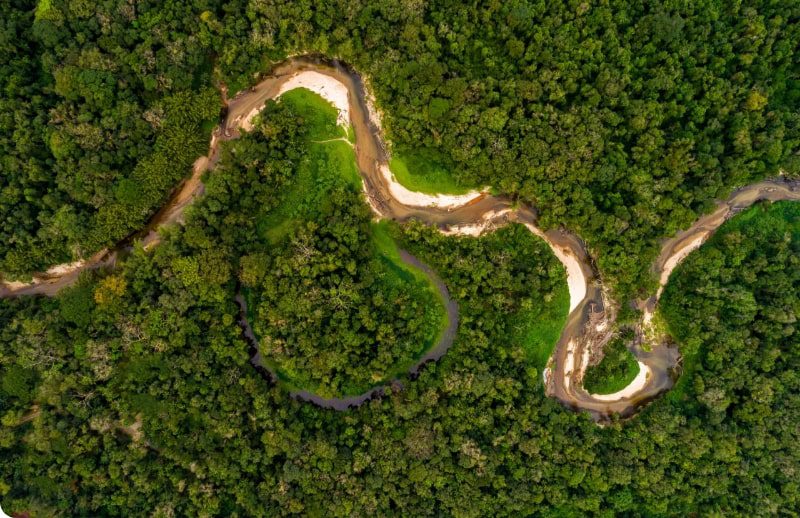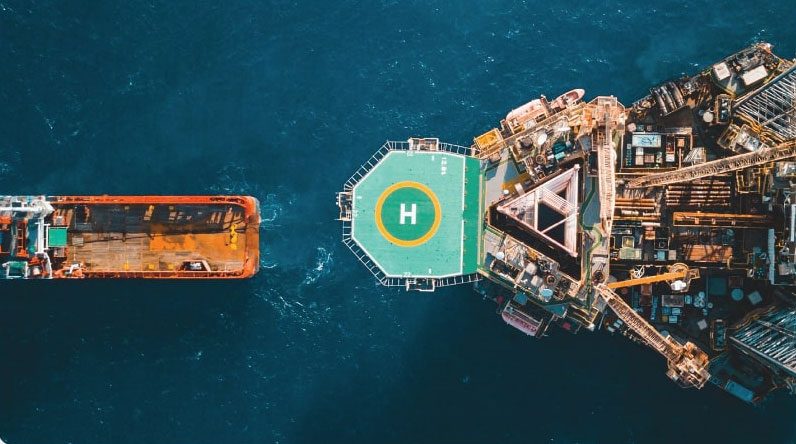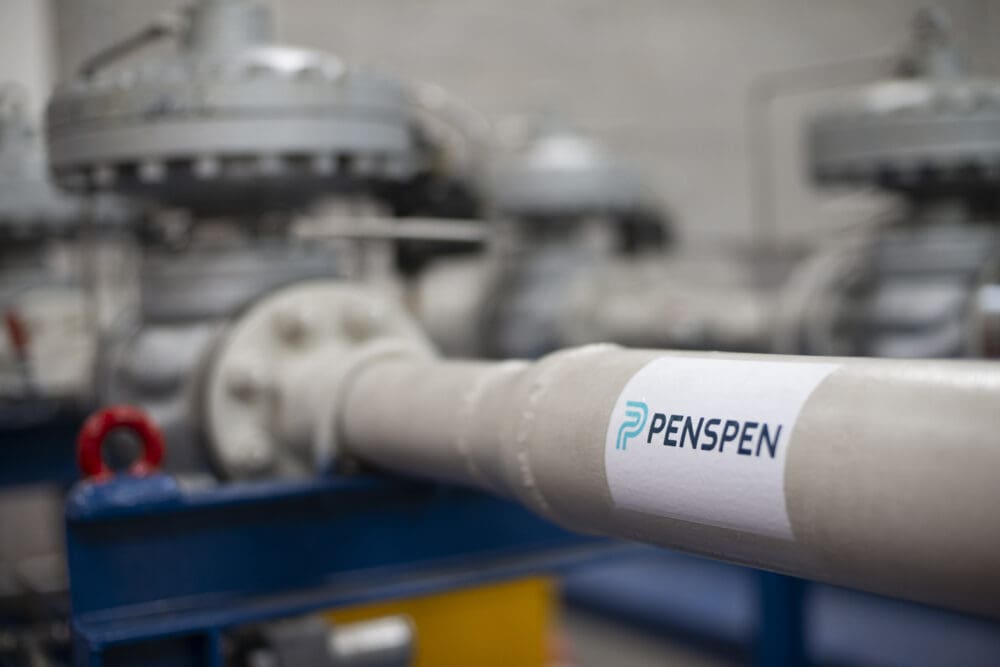Managing Operational Risks With Effective Technology
Over the last few years, it has become increasingly important to manage operational risks with the usage of effective technology and best practices for inspection and maintenance, whether it be a plant or pipeline. When looking at risk assessment practice in oil, gas and petrochemical plants, one of the most profitable maintenance methodologies today is the risk-based inspection (RBI). Risk-based inspection is a risk assessment and management process, which defines the risk as the function of the likelihood of the degradation of a material failure occurring and the consequences associated with that failure, which is usually loss of containment. The team behind THEIA, Penspen’s pipeline integrity management solution has developed a module centered specifically around Risk-Based Inspection, providing the capability to define and measure the risk of plant equipment in a cost-effective, reliable and quick manner.
THEIA’s Risk-Based Inspection Programme
THEIA’s ‘Risk-Based Inspection’ Programme is a fully quantitative RBI software that identifies damage mechanisms, calculates corrosion rates, determines damage susceptibilities, estimates current and future risks, and recommends optimum inspection plans. The programme consists of key capabilities to help users create a scheme of inspection for the machinery of a plant:
- Corrosion Risk Assessment (CRA) – can identify the applicable damage mechanisms and quantify several corrosion and degradation mechanisms
- Life Extension (LE) – can predict future potential risks, and create a documented Life Extension process that will be implemented
- Remaining Life Assessment (RLA) – can evaluate and assess the remaining life of the asset
Improve Capability to Define and Measure Risk
Implementing THEIA’s RBI module will allow users to improve their capability to define and measure risk, which in turn creates a powerful tool for managing many of the important elements of a plant. Engineers can systematically reduce the likelihood of future failures by correctly utilising the inspection resources when said inspection is conducted. Ranging from subsea pipelines to heat exchangers & storage tanks, the software applies to a wide variety of cases, and will assist engineers in figuring out the how, where, when, and what to inspect.
Resource and Time Savings for Future Projects
THEIA’s ability to prioritise assets for inspection based on associated risk by focusing inspections on priority assets, allows users to maximise resources by concentrating them on equipment with higher risks while avoiding assets with inconsequential risk, saving engineers significant time and effort. The use of THEIA’s Risk-Based Inspection programme is a tool that can prove integral when conducting any form of risk assessment practice.
Questions? Contact UsRelated Insights
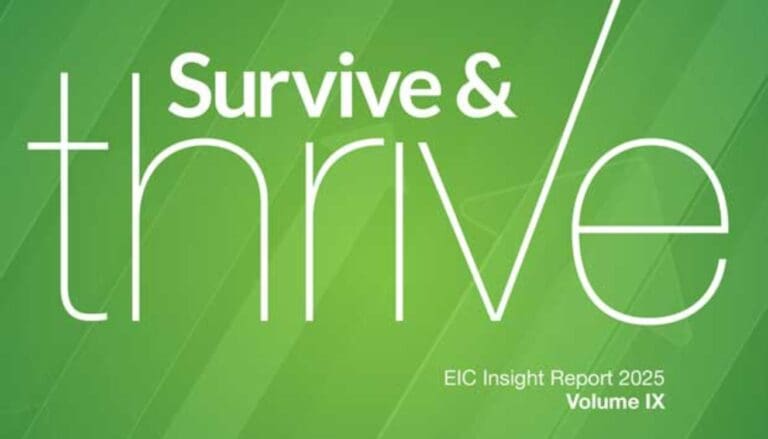
EIC Survive & Thrive Report 2025
The Energy Industries Council (EIC), the UK’s leading trade association for the energy supply chain, has published its 2025 Survive & Thrive Report. As one of 135 member companies featured and...

Beyond Compliance: Optimisation Opportunities of the Gas Mega Rule – Pipeline Integrity Management with Digital Twins, Multiple Inspections, and Artificial Intelligence
In a new technical paper presented at the 2025 Pipeline Pigging and Integrity Management Conference, Penspen, Senslytics, and PipelineLogic explore how Penspen's THEIA platform and Causal AI...

“Technology will lead us to the solutions we need to fight climate change”: Our People – Luke
In this Our People feature, we speak with Luke, Penspen’s Lead Front-End Software Development Engineer for THEIA. He tells us how growing up in Africa has inspired a career dedicated to tackling...
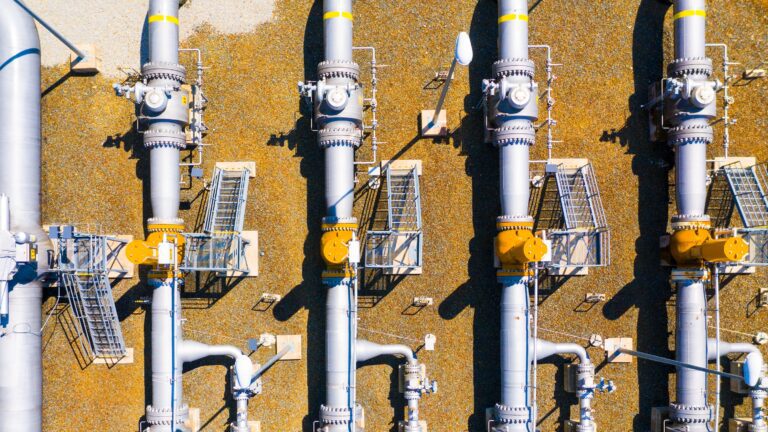
Beyond Compliance: The digitisation opportunities of Mega Rule
In the latest issue of World Pipelines, THEIA Managing Director Louise O'Sullivan explores the opportunities presented by the Mega Rule to enhance how operators approach integrity reporting....

